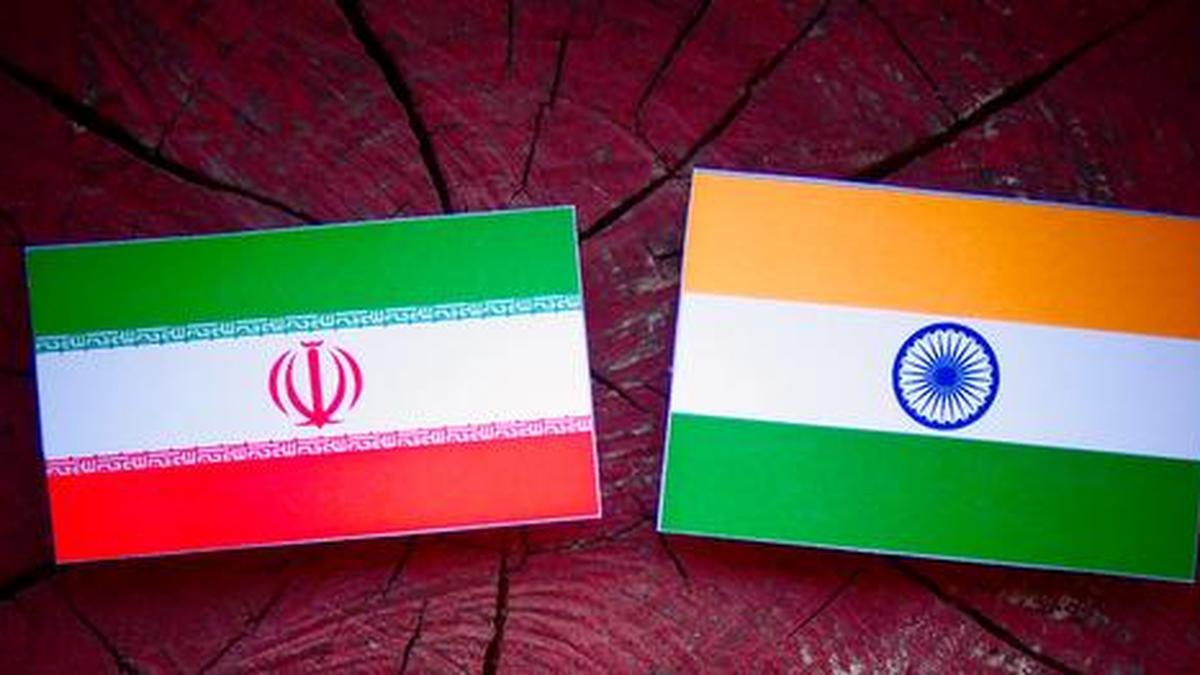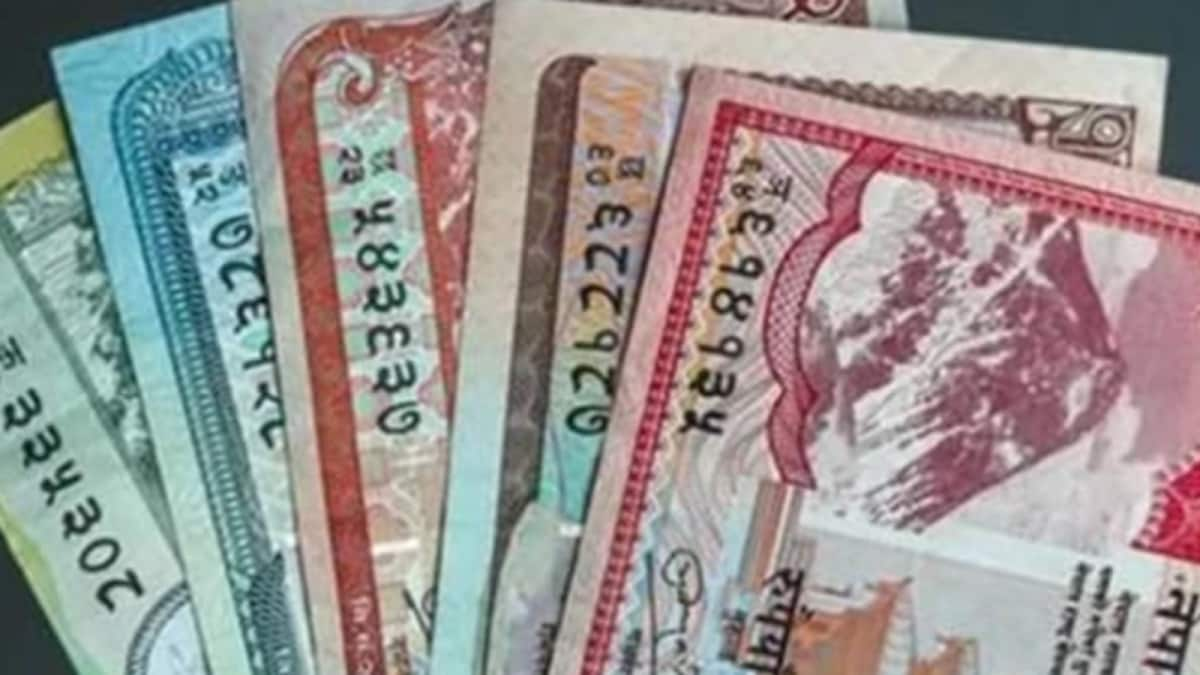This is not a place you simply look at and leave; it is a space that asks you to notice the details, touch the exhibits – unlike in other museums – listen closely to the guides, and understand what Museum of Possibilities (MoP) truly holds.
When you step inside, you realise the museum is a home-like concept, divided into three domains: live, work, and play. They encompass a hall, bedroom, kitchen, washroom, wall exhibits, and an indoor games area. But only when you engage with the objects showcased – from a nail cutter with a magnifying lens attached, to spectacles that reflect a horizontal view into a 90-degree downward angle, a sturdy sofa built for stability, open cloth storage, a kitchen counter that drops down at the push of a button, a shoehorn, and other everyday items – do you see how any home can be redesigned to be accessible for people with disabilities.

A demonstration centre for assistive technology for people with disabilities, Museum of Possibilities also displays contemporary paintings for sale, tactile board games like snakes and ladders and chess, musical instruments, and other objects that are accessible to all. Everything at the museum carries a QR code for an audio guide, and visitors can also take a virtual tour.

MoP also has a collection of tactile board games like snakes and ladders and chess, musical instruments, and other objects that are accessible to all | Photo Credit: Akhila Easwaran
‘A place for everyone’
Located on the State Commissionerate for Differently Abled campus on Marina Beach Road, MoP has welcomed around 25,000 visitors so far, from special educators to persons with disabilities and their families. “This is a place for everyone, and more architecture students, designers, and engineers should visit MoP. They are the future who will reimagine our homes as well as outdoor areas as inclusive spaces,” says Prabhakaran A., the museum manager. “The world is still not disability-friendly for independent travel and living. And if even our homes are not accessible, where do we find truly safe spaces?” he asks.
The idea took shape in 2022. Non-profit organisation Vidya Sagar, founded by Poonam Natarajan, brought the project to Chennai, in collaboration with the State government. This is the first-ever demonstration in India dedicated to inclusive infrastructure and design, a fitting reason for MoP’s Tamil name, Annaithum Sathiyam.

“We have a therapist, a speech therapist, and three museum guides. Inspired by this model, the Goa government has also brought out a similar project,” says Mr. Prabhakaran. “Like so many museums around the world, we, too, have a museum cafe where persons with disabilities receive vocational training,” he adds.
Visitors wander at their own pace; some explore first and ask questions later, while others engage with the objects, listening to the guides. But almost everyone steps out with something like hope, new perspectives, and design ideas – more than they walked in with.

 1 hour ago
7
1 hour ago
7









 English (US) ·
English (US) ·